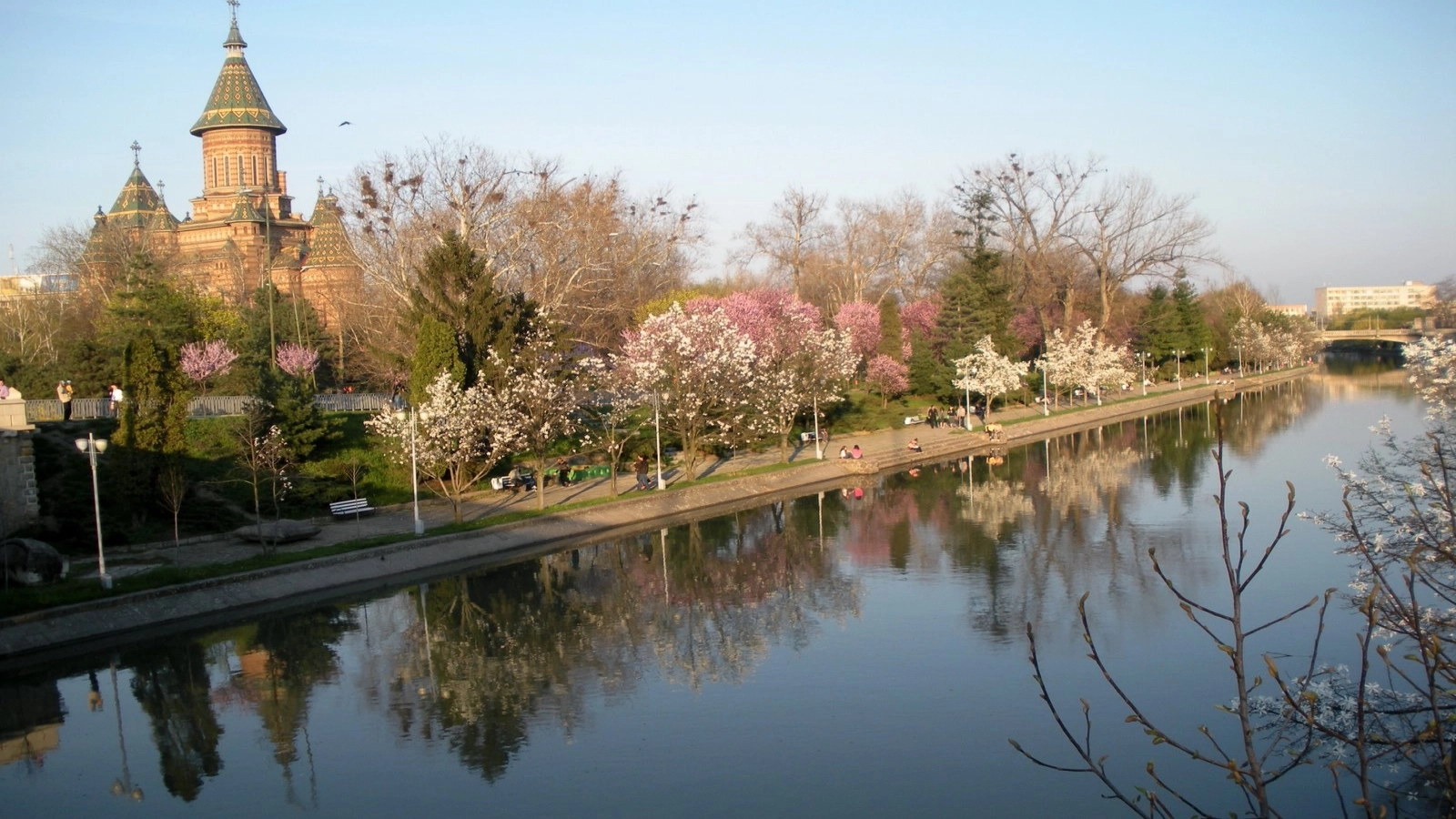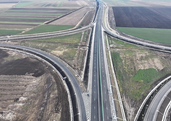The local cultural heritage of the Otelec area, as a perfect stopover between bike rides on the banks of the Bega river, will be capitalized starting this weekend, with the temporary opening of a border crossing point with Serbia, with many tourists being expected to travel on the bicycle track between Romania and the neighbouring country, told Agerpres.
The head of the Association for the Promotion and Development of Tourism (APDT) Timis, Delia Barbu, on Tuesday stated that a series of activities are to be launched in collaboration with the Municipality of Otelec, aimed at attracting travelers to the villages near the border.
"We want to shed light on the local cultural heritage of the area, to retain in the location the travelers who use the bike track coming from Timisoara as well as from Serbia and Hungary and, subsequently, to develop local tourism services. With a series of elements of original presentations, the Otelec destination can surprise and satisfy the expectations of any type of traveler, regardless of whether we are talking about a passion for architecture, gastronomy, art or leisure. The locations and contacts presented now will remain promoted by the Timis Tourism Association for future travelers to visit the area outside of this weekend's events," explained Delia Barbu.
After pedaling for 30 kilometres, starting from Timisoara on the longest asphalted bicycle lane in Romania, right at the end of the country towards Serbia, the tourist arrives in Otelec, where he/she can spend the night. Otelec is one of the ports where passenger ships and cargo ships used to dock. It is said that, in those days, every Thursday, a ship came from Otelec to Timisoara, and the housewives did their shopping directly from its deck. The story is reborn today, together with the development plans of the local authorities in this rural town.
Those who arrive here can encounter colonies of nightingales, protected birds that feed on the salt meadows in the area, while the farmland is being used by both nesting and migrating birds that gather for the night.
The Hungarian community in the rural town presents its culture and traditions in different ways, from gastronomic festivals to holiday shows, from exhibitions to various presentations.
One of the objectives that can be permanently visited in the locality is the former school, today transformed into a museum and cultural centre managed by local plastic artist Geza Molnar. The building was built at the beginning of the 19th century and initially functioned as a school and house of prayer, being today the tallest rammed earth building in the locality and the oldest building in the rural town that has remained in its current form.
The Otelec area also offers tourists the possibility to visit the Jewish cemetery, one of the 26 existing in the county, where members of Jewish families from the rural town are buried and who made important contributions to the life of the locality.
Just four kilometres away is the village of Iohanisfeld, where visitors can admire a small ostrich farm.
































Comentează